When 26-year-old actress Kate Black-Spence was given two years to pursue a career in theater by her husband, she knew she would have to catch a “big break” or eventually find a more reliable paying job.

A year into her pursuit, Black-Spence finds she has gotten a fortunate amount of theatrical work in Chicago, specifically the Rogers Park area.
Though Black-Spence was awarded the title “Most Likely to Win an Oscar” in her high school yearbook, her journey into theater roles did not come easily, as she realized finding a showcase opportunity could only lead to the next one.
Having graduated from Indiana’s Ball State University with a degree in theater, Black-Spence came to Chicago in 2008 to follow a career path in acting. Upon arrival, Black-Spence needed money to maintain her cost of living as she continued to find work in the performing arts, so she accepted a job as an administrative assistant in the city.
The “struggling artists” lifestyle has never ceased to end, as more students in the Chicagoland area pursue a career in theater through institutions like Loyola University Chicago in Rogers Park. Since last year, more than 75 percent of Loyola’s performing arts graduates successfully received their Bachelor’s degree.
Those college graduates have to attempt to find a comfortable paying job within the craft, some scattering throughout the city to find any available theater work.
Mark Lococo, director of theater at Loyola believes that neighborhoods like Rogers Park continue to expand in acting opportunities for graduates, despite its northern location to the heavily-concentrated theater community in the downtown area.
“The theaters here in Chicago are unparalleled, but Rogers Park is an excellent incubator for theater companies and it is becoming a destination for Chicago theater go-ers,” Lococo said.
The expansion of venues continue in the area, as Loyola will also be re-opening a new state-of-the-art thrust-style theater , the “Newhart Family Theater – named after recent Loyola graduate and comedian Bob Newhart. Its grand re-opening will help expand theater life for college students in the neighborhood as it can seat 215 audience members within its auditorium.
In a profession where artists have struggled to break into, Lococo encourages his students to continue pursuing roles in theater especially in a neighborhood like Rogers Park that continues to house multiple production venues within the community.
Similarly, Black-Spence who has expanded her skill set beyond acting and transitioned into films, musicals, voice-overs and modeling, has only done two, non-paying performances since she came to Chicago – very fortunate, in a business that relies on timing of theater opportunities and social networking.Lococo, who is also a resident of Rogers Park, spends some time in local theaters like “The Raven Theater” and “Theo Ubique” – all located in the heart of the neighborhood.
“Be willing to change your type. I didn’t think I was the musical type, but by expanding what I can do I am expanding how many opportunities I can go out for. The Chicago theater world is much too big to snub,” Black-Spence said.
One not-for-profit local theater venue called ‘The Side Project” is a common place for Rogers Park residents to submerge themselves in artistic performances. This local venue was home to Black-Spence who was casted as a lead role in a play about the influence of media on modern warfare titled “What Was Mine To Do”.
Adam Webster, founder and artistic director of Side Project, has worked with a handful of theater companies throughout the year in order for those companies to showcase their plays at the Side Project – just like the recent play Black-Spence starred in.
“The whole point of ‘The Side Project’ is to alleviate some of the burden of the renting process to other theater companies. We are always changing their [theater companies] audience and helping them build a particular audience base,” Webster said.
Webster rents out this particular venue almost 50 weeks out of the year to other theater companies like “GreenHouse Theater Center”, “Livewire Chicago Theater” and “StrangeLoop Theater”.
Because this venue is not-for-profit, the Side Project tries to seek state grants but also accepts public donations to help maintain cash flow, said Webster.
“The majority of our influx of money comes in October and we then have to last until December before we start producing. We have to make sure we map out the cash flow because it does become tight, sometimes,” Webster said.

But even with financial restrictions at times, “The Side Project” is successfully running and open to the Rogers Park community, a venue able to accommodate 36 to 40 audience members per show.
“I believe it offers a consistent theatrical venue that people can come to,” Webster said. “There is always something going on. We also bring in a variety of companies that residents wouldn’t get to see. It’s like we are bringing six or seven types of art to the neighborhood throughout the Chicago theater scene.”
With an increase in theater culture in such a cultivated community like Rogers Park, it makes it easier for up-and-coming actresses like Black-Spence to continue trying to find a acting niche in Chicago.
“I don’t want to leave and I want to stay here and make it work. I know it’s difficult to do, but in an ideal world, why not? I hope that I can stay here and see Chicago become more of a theater hub,” Black-Spence said.




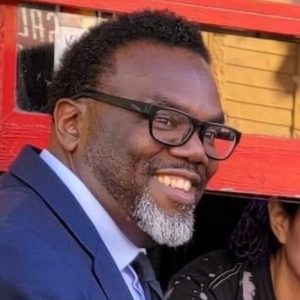


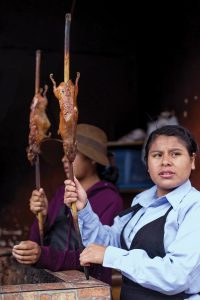
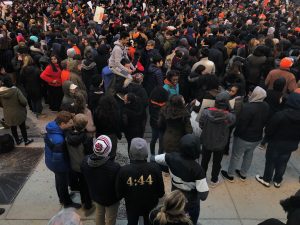
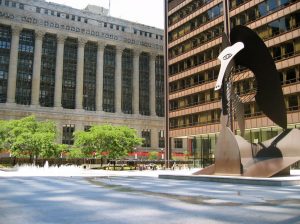
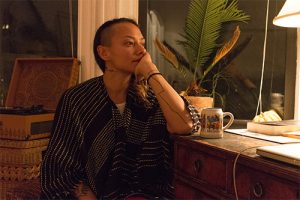
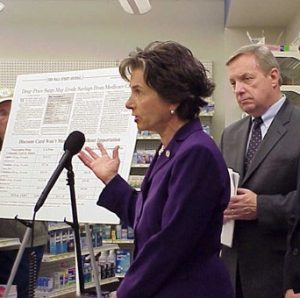
Be First to Comment